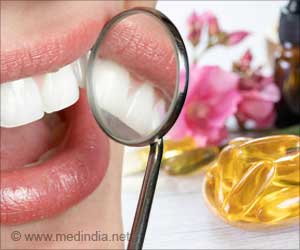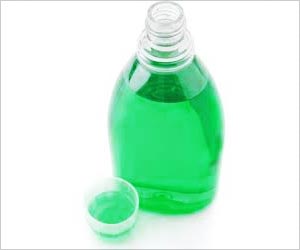A new study has revealed that specific polyphenols present in red-wine byproducts may considerably reduce the ability of bacteria to cause cavities.
According to the researchers, the findings may also have implications in developing drugs against oral diseases.The findings suggest that specific polyphenols, present in large amounts in fermented seeds and skins thrown away after grapes are pressed, interfere with the ability of bacteria to contribute to tooth decay.
Not just oral cavities, the action of these polyphenols can also be harnessed for reducing the ability of bacteria to cause life-threatening, systemic infections, the authors explained.
The study was led by Hyun Koo, DDS, Ph.D., assistant professor of Dentistry within the Eastman Department of Dentistry and Center for Oral Biology at the Medical Center.
“Most foods contain compounds that are both good and bad for dental health, so the message is not ‘drink more wine to fight bacteria. We hope to isolate the key compounds within the winemaking waste that render bad bacteria harmless, perhaps in the mouth with a new kind of rinse,” said Koo.
Fermented winemaking waste, known as pomace, contains at least as many polyphenols as whole fruit, and thus there’s no need to use perfectly good food to make any future drugs.
Advertisement
For the study, the scientists prepared polyphenolic extracts from harvest season 2005 red wine grape varieties and pomace from wineries in the Finger Lakes region of New York state. These included Pinot Noir from Hosmer Winery in Ovid, N.Y., Cabernet Franc from Cornell Orchards in Lansing, N.Y., Baco Noir from Pleasant Valley Winery in Hammondsport, N.Y. and NoiretTM from Swedish Hill Winery in Romulus, N.Y.
Advertisement
The researchers examined the impact of grape polyphenols on two capabilities of S. mutans enabling it to thrive in the human mouth.
First, it secreted enzymes known as glucosyltransferases (GTFs) that produce sugary, glue-like substanCes (glucans) that firmly attach bacteria to tooth surfaces and form a hard barrier around bacterial colonies.
It was found that all polyphenol extracts inhibited two bacterial GTFs by as much as 85 percent, an un-observed level of inhibition. Cabernet Franc extracts was found to be more effective GTF inhibitors, followed by Pinot noir.
Even Grape polyphenols were found to cause S. mutans to produce significantly less acid. According to researchers, this may be because these polyphenols inhibit glycolysis; the process by which the bacteria turn sugar into energy also produces acid. However, no extract killed the bacteria outright.
The study was published recently in the Journal of Agricultural and Food Chemistry.
Source-ANI
LIN/M







